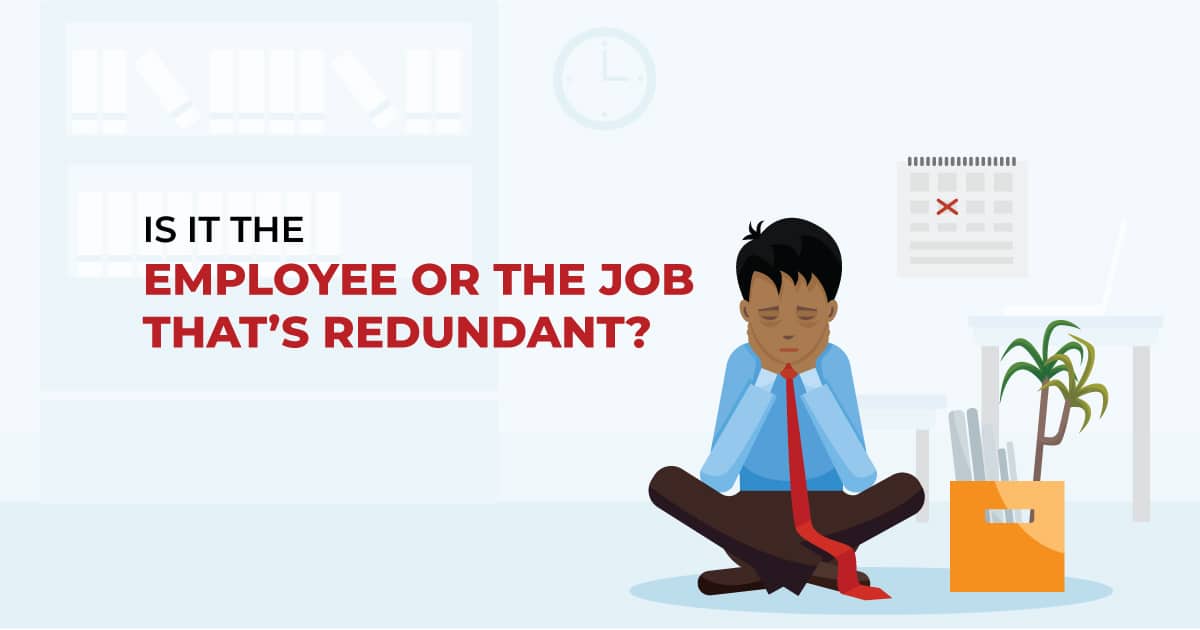When it comes to company restructuring and reshuffling, redundancy can be one of the most difficult processes, since it involves letting some of your employees go. So much should actually go into consideration to ensure that the redundancy is really ‘genuine’ and that the company doesn’t lose transferable talent that could have added value in another role.
Before dismissing an employee as redundant, t is prudent for the employer to ask themselves the following questions;
Table of Contents
Does your company no longer need anyone for the role in question due to operational reshuffling?

Operational changes in a company happen when there is change of focus in operation due to market demands or internal strategic moves. This can result in restructuring where certain roles can be given to other employees or some roles get merged.
Operational changes can also result from downsizing when the company is not performing as it should. This creates a need to merge or do away with some roles, resulting in redundancy. Sometimes, the company might decide to close down some of its operations or branches. This obviously comes with redundancy and layoffs.
Outsourcing some of the business operations to a third party can also result in roles becoming redundant.
Have you Considered The Skills of The Employees in the Redundancy List?
Yes it is true that your company needs to downsize for financial reasons, or you need to outsource. This will definitely affect your labour resource, but do not act in a rush. Take time to look into each employee in the list and consider if they might be of value in another role or department, especially if the restructuring is not due to financial strains in the company.
Also, a thorough audit should be conducted to ascertain that the redundancy should happen. It will be a bad show for the company to let staff go on grounds of redundancy then hire new candidates in the same role later. This can possibly bring up legal issues.
What are the Company’s Future Expansion Plans?

Your company could be going through a difficult financial phase that necessitates redundancy. However, have you conducted projections that can predict where it will be in a year or two? If yes, do these projections involve human resource management? Because they should. If there are some hard-to-hire roles in your projections, would it be a wise decision to let an already qualified employee who already understands your brand and its products? Maybe not.
Bottom Line
It is critical as an employer to distinguish whether it is the role or employee that has become redundant. This distinction could save your company the loss of hard-to-replace talent, and the employee pain of being out of work.





